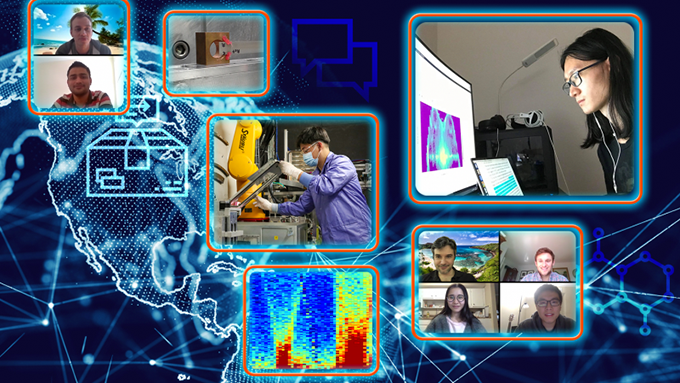
One of the consequences of the problem of depopulated Spain is that there are not many rural schools, and most of them are probably not very well equipped. And yet these schools are essential to address the problem of low population density in these areas, as they help to establish population and attract new inhabitants.
A similar problem occurs in some European countries: Finland, Estonia and Lithuania.
The Government of Spain has a recently approved development plan for rural schools within the LOMLOE , which of course is aligned with the Sustainable Development Goal 4 : “Ensure inclusive, equitable and quality education and promote learning opportunities throughout the life for all”.
Interestingly, students from rural areas have higher digital skills than students from other areas. In other words, they are able to take better advantage of the digital tools available to them.
In more detail, the PISA report studies performance in rural schools. An analysis of this report published in escuelarural.net indicates that “rural schools in Spain, Estonia, Finland and Lithuania can provide their students with more added value than urban schools”.
In short, there is an objective need –the poor equipment of rural schools– and there is an objective opportunity –the digital competence of rural students. Based on this premise, we designed a project that aims to promote scientific vocations in STEM (Science, Technology, Engineering and Mathematics) among young people in the rural world and, more generally, democratize access to experimental science and technology.
The R3 Project: Rural, Remote and Real
This project, called R3 , has the general objective of promoting scientific vocations among young people in the rural world through direct practice using remote laboratories .
Direct contact with the research method and practice promotes the scientific interest of students. The R3 Project offers as its main result a set of remote scientific-technological experiments and didactic material for students and teachers of the rural school through the Internet. The remote laboratory, with its remote experiments, is an innovative format that uses the Internet as a channel of access and communication.
What is a remote experiment?
A remote experiment allows the student to carry out a real experiment without being in front of it and without having a physical laboratory, but doing it through a web . A remote experiment is not a virtual experiment; the first is real, and the second is simulated. A remote laboratory is available 24 hours a day and allows the student and the teacher to carry out a real scientific experience through the Internet, in the same way as if they were in the face-to-face laboratory.
Technologically, a remote experiment is a complex hardware and software design . The student’s hands and eyes will be the mouse, the web interface and a webcam . The Spanish company LabsLand, a start-up from the University of Deusto, is a world pioneer in remote experimentation.
The remote experimentation of the R3 project offers students in rural schools the same possibilities as in urban areas through a sustainable and free material and technological endowment based on access and sharing of resources via the Internet. Let’s not forget that the same experiment, a robot, for example, is valid for many rural schools.
“Teacher, can I enter the robot?”
More than 20 schools and institutes participate in the R3 project. More than 20 teachers and more than 400 students have done more than 4,000 experiments. The favorites are “free fall”, “Galileo’s pendulum”, “planarians and exciting drinks”, “robot programming” and “Archimedes’ principle”.
“For us, from such a small population and with the resources that we have at school (it is not a complaint), having the opportunity to be part of the R3 Project is exciting and exciting because you give us the opportunity to expand the physical limits. established per se and because you give us visibility in different educational fields, which is overwhelming as well as stimulating and motivating”.
María Traver, professor at CEIP Lluis Vives de Xilxes, Castellón.
“It is true that they have liked it, some ask to enter the robot when we have a margin of other works in the school. It’s nice to see them looking forward to it!”
Nora Olabide, teacher at Herriko Eskola in Elgeta, Gipuzcoa.
Professor Beatriz Imaz (from the Dolores Ibarruri Institute in Gallarta, Vizcaya) carried out a pre-test–post-test experience . When asked “Does the launch angle of a pendulum affect its period?”, 60% of the students got the answer wrong before the experiment, and 80% got it right after the remote experiment.
The R3 Project will continue, for the time being, for one more year and all interested rural schools and their teachers can contact us by writing to Project.R3 .
Author Bios: Veronica Canivell Castillo is Professor at the Faculty of Engineering, Javier Garcia-Zubia is Professor of Computer, Electronic and Communication Technologies and Unai Hernandez-Jayo is Associate Professor Doctor of the Department of Computer, Electronic and Communication Technologies all at the University of Deusto
The R3 project has the collaboration of the Spanish Foundation for Science and Technology – Ministry of Science and Innovation, the University of Deusto and LabsLand.
